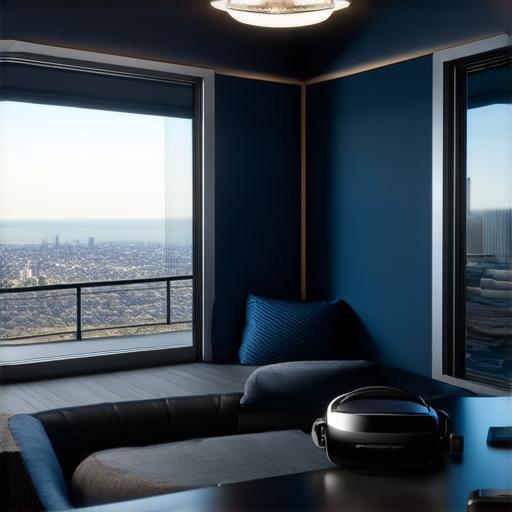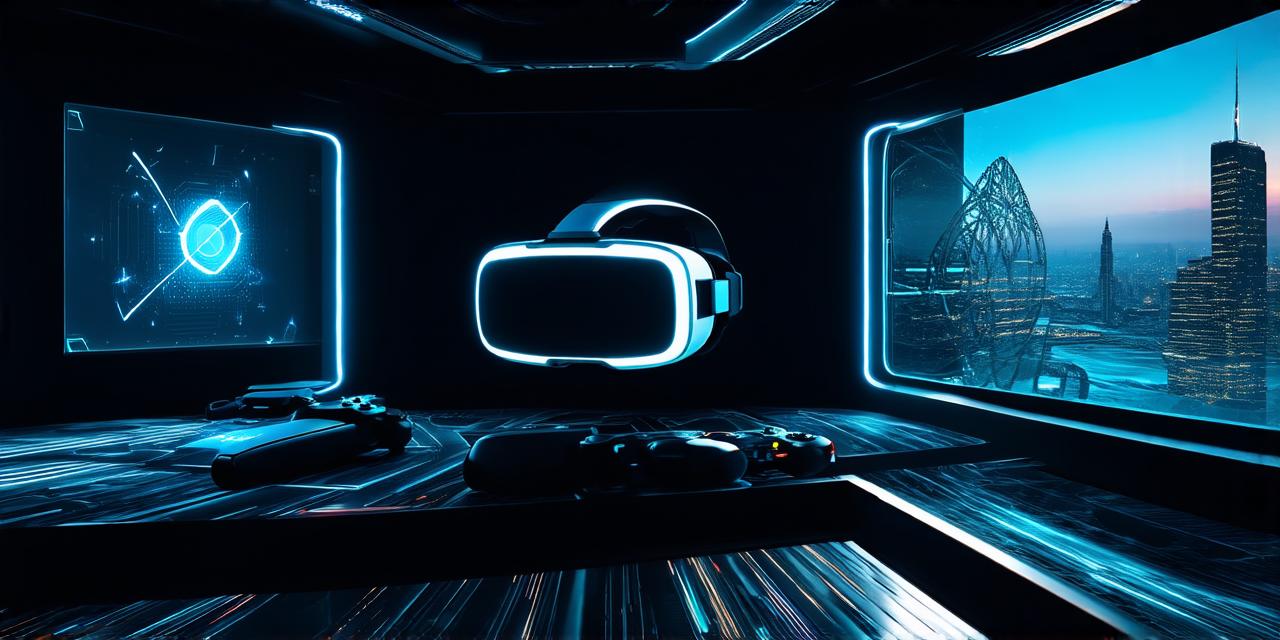Virtual reality (VR) technology has come a long way since its inception, and one of the most exciting features of modern VR systems is the ability to create a “room-scale” environment. In this type of setup, multiple sensors are used to track your movements and position within a physical space, allowing you to interact with virtual objects and environments in a more immersive and realistic way.
Understanding the basics of room-scale VR
Before diving into the specifics of how room-scale VR functions, it’s important to understand the basic principles behind this technology. Room-scale VR involves using multiple sensors, such as cameras and laser rangefinders, to track your movements and position within a physical space. This data is then used by the VR headset and other hardware components to create a virtual environment that accurately reflects your real-world surroundings.
One of the key advantages of room-scale VR is that it allows you to move freely and interact with virtual objects in a more natural way, rather than being confined to a small, fixed area like with traditional VR systems. This can make for a much more immersive and realistic gaming experience, as well as allowing for more interactive and engaging applications of VR technology.
How room-scale VR works
The specifics of how room-scale VR works will vary depending on the hardware components and software used, but in general, the process involves a few key steps:
- Sensor tracking: The first step is to use sensors, such as cameras and laser rangefinders, to track your movements and position within the physical space. This data is then used by the VR system to create a virtual representation of your surroundings.
- Motion capture: Once the sensors have tracked your position and movement, the VR system uses motion capture technology to translate those movements into virtual actions, such as moving a character or interacting with an object.
- Environment rendering: The final step is for the VR system to render the virtual environment in real-time, using graphics and other visual elements to create a fully immersive experience.

One of the key advantages of room-scale VR is that it allows for more precise and accurate tracking of movements, which can result in a smoother and more realistic experience. Additionally, by allowing you to move freely within a physical space, room-scale VR can create a more natural and immersive sense of presence, making it well-suited for games and other applications where realism and immersion are key factors.
The future of room-scale VR
As VR technology continues to evolve, we can expect to see even more advanced room-scale systems that offer even greater levels of immersion and interactivity. This could include new sensor technologies, improved motion capture algorithms, and more sophisticated software that allows for even more realistic and engaging virtual environments.
In conclusion, the room-scale feature in VR is a powerful tool that can greatly enhance your gaming and interactive experiences by allowing you to move freely and interact with virtual objects in a more natural way. As this technology continues to advance, we can expect to see even more exciting and immersive applications of VR in the future.



